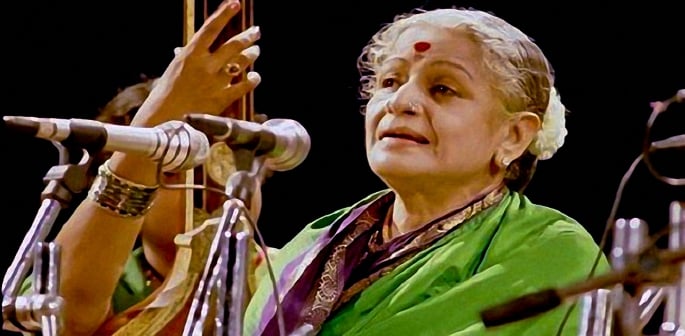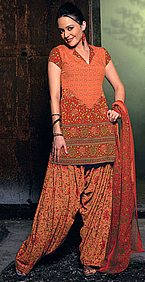A singer can express themselves differently with each style.
From various influences, locations, and styles, singing has been a prevalent part of our lives and has evolved over the years.
This variety represents the vast population of the South Asian community, reflecting themes of ethnic heritage, religion, language, and social status through singing and music compositions.
Singing serves many purposes, such as showing devotion to a deity, celebrating love, and soothing the listener in times of turmoil.
Music is a significant aspect of modern-day life, immersing us in different genres and a melting pot of influences.
The focus here is on South Asian singing and the various techniques involved.
First, we will uncover some music theory to better equip you for when we delve into the different singing styles.
Indian Music Theory
Ragas, an ancient system of music, comprise melodies similar to modes or scales in Western music. They are collections of pitches.
In Indian music, several natural notes on a scale are known as Shudh Svar, named Sa, Re, Ga, Ma, Pa, Dha, Ni.
The eighth note is the same as the first, both referred to as the tonic note.
The Western equivalents to these notes are:
Do, Re, Mi, Fa, So, La, Ti, Do
Sa, Re, Ga, Ma, Pa, Dha, Ni, Sa
Flat Notes, or Komal Svar, occur when a note moves a semitone down from its natural position, becoming flat.
Four notes from the scale can become Komal Svar: Re, Ga, Dha, and Ni (the second, third, sixth, and seventh notes of the scale).
Sharp Notes, or Tivra Svar, occur when a note moves a semitone higher from its natural position, becoming sharp.
Only one note, Ma (the fourth note of the scale), moves to a sharp position.
Shruti serves as the standard of measurement. An octave, comprising 8 notes, consists of 22 shrutis.
The Indian notes—shadja, rishabha, gandhara, madhyama, panchama, dhaivata, and nishada—are commonly abbreviated as sa, ri, ga, ma, pa, dha, and ni.
There are many ways to sing the scale, offering more variety than found in Western music theory. See the video below:
@indian_pravasi_kanya Indian Music Culture #Music #musician #classicalmusic ? original sound – Indian_Pravasi_kanya0322
Classical Music
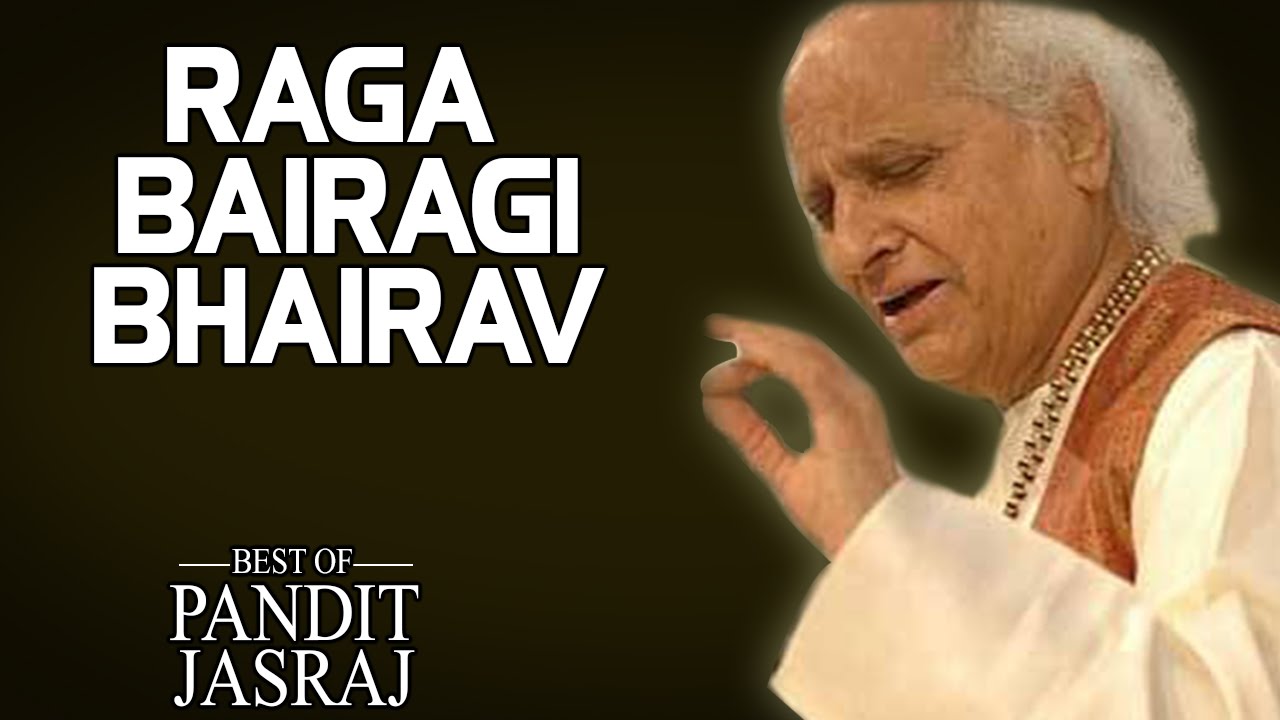
The Vedas, according to Britannica, are ‘a large body of religious texts originating in ancient India.’
They delve into the upper three classes of Aryan society: the Brahman (priestly class), the Kshatriya (prince-warriors), and the Vaishya (merchants).
The Puranas, a collection of poems, depict the lives of Hindu deities and their incarnations.
The Ramayana and the Mahabharata entail stories about the deeds of kings and noblemen.
Included among these texts is the Bhagavad Gita (‘Song of the Lord’), an important document in Hinduism.
In early showcases on stages, there were enactments of these stories, introducing theatrical music sung and accompanied by an orchestra.
Melodies were composed of modes or jatis, with each note having connotations of different emotions or rasa.
The modes were derived from the 14 murchanas—seven pairs of ascending seven-note series starting on different notes.
The scales are called sadjagrama and madhyamagrama.
The classical music of North India and Pakistan formed Hindustani music, while that of South India is called Karnatak music.
Both are mentioned in classic literature and have elaborate musical theories.
Initially, classical music was played in princely courts and for wealthy noblemen.
Since the partition in 1947, when India gained independence, music shifted to be performed in large concert halls.
Classical music is based on ragas and talas.
‘Raga’ has the root meaning of ‘to colour,’ thus associating the emotional experience with the colour of the mind.
Most ragas are apparent in improvisation when singing, and there is no concept of a fixed pitch.
In North Indian music, it expresses seasons of the year, colours, deities, moods, and periods of the day.
The second element, tala, is the time measure. It has two main components:
According to Britannica, ‘the duration of the time measure in terms of time units that vary according to the tempo chosen; and the distribution of stress within the time measure.’
Traditionally, songs are performed in small ensembles, no more than five or six musicians, with an emphasis on the creativity and sensitivity of the soloist performer.
Indian musicians learn by practising syllables in particular patterns repetitively. Some vocalists improvise in their pieces.
Listen to the great singer Pandit Jasraj and focus on his improvisation on the Sargam syllables in the raga ‘Bhairav Bahar.’
Khayal

This refers to thoughts or imagination, where your thoughts guide your voice and melody.
The singer’s voice must transition smoothly between the lower, middle, and higher octaves, exploring the variations in different ragas.
It is based on Hindi songs, characterised by a contrast between a slow tempo followed by a faster one.
Ordinarily, it is accompanied by the tabla or the flute, with the percussion accompaniment following the time cycle.
The playing is based on a repeated pattern (theka) performed by the accompanist.
Carnatic Vocals
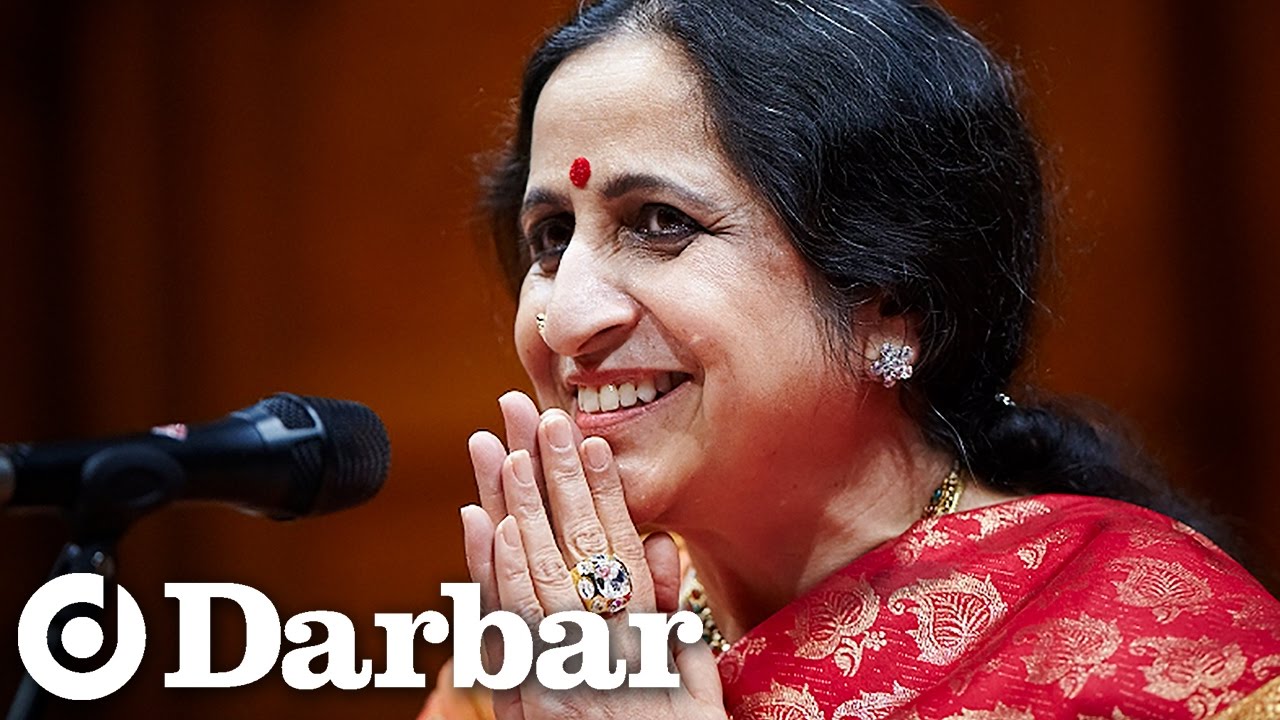
Carnatic singing originates from the southern regions of India, particularly from the states of Karnataka, Tamil Nadu, Andhra Pradesh, and Telangana.
The vocalist slides smoothly through all three octaves, delivering a flawless melody.
Carnatic singing involves a variety of vocal techniques, including gamakas, which are ‘graceful turns, curves, or cornering touches given to a single note or a group of notes, adding emphasis to each raga’s individuality.’
Secondly, there is meend, which glides between notes with seamless transitions between pitches.
Finally, there is Sargam, which is ‘Solfege, also called “solfeggio” or “solfa,” a system where every note of a scale is given its own unique syllable, used to sing that note every time it appears.’
This adds expression and feeling to the singing.
Compositions of Carnatic music include the rhythmic and melodic Varnam, the structured devotional songs known as Kriti, and the interactive storytelling of Keertanam.
Thumri

Thumri was developed in the 19th century at the court of Lucknow, North India, by ruler Wajid Ali Shah.
This style emphasises emotional expression.
‘Thumakna’ refers to an additional dance element, with Kathak often danced to this music.
It evolved further east in the city of Benares, now called Varanasi, where there was a heavier emotional interpretation and a slower tempo.
It was strongly led by the lyrics, which were more important than the music.
Tappa

This semi-classical singing style originated from the camel riders of Punjab. It is rapid, intricate, and, some may say, nuanced.
‘Tappa’ means ‘jump’ in Persian.
These songs are essentially folklore of love and passion, written in Punjabi.
It portrays the emotions of a lover with complex rhythmic patterns and a fast tempo.
The compositions are short and based on Shringara Rasa.
Varanasi and Gwalior, as well as Bengal, which has been greatly influenced, celebrate Tappa.
Singers can use gamakas and murki to add character.
Murki is ‘very much like a trill in that it usually involves two or three neighbouring notes being alternated very swiftly and lightly.
In fast-paced, folk-derived compositions, murkis are rendered to sound light and sharp. In slower, more sensuous compositions, such as the thumri, they are smoothed over.’
Dhrupad

This is the oldest singing style of Hindustani music, which is devotional.
It is inspired by the Gandharva Veda, the Vedic science of music.
A Dhrupad (Darbari) performance comprises two main components: the alaap and the composition.
The alaap can last up to an hour and is generally divided into three sections: alap (unmetered), jor (with steady rhythm), and jhala (accelerating strumming).
The composition section consists of four elements: sthayi (initial section), antara (second section), sanchari (exploration), and abhoga (conclusion).
Each part contributes to the unfolding of the story through a raga, with the use of repetition of syllables or phrases characteristic of this style.
A singer can train to achieve akhara, which refers to a resonant quality that sounds full and supported.
Qawwali

Themes of devotion to a higher being are embedded in the lyrics, inspired by Sufi poems.
This style has significantly influenced the rhythmic structures in the composition of later songs.
Qawwali performances are known for their high energy and emotional intensity, captivating listeners with their tempo and encouraging them to sway along to the music.
The role of a singer is particularly demanding, requiring the ability to produce a bold, low sound that won’t be drowned out by the accompaniment, as well as to reach higher notes.
Qawwali is performed by a lead singer, supported by a group of backing vocalists.
The performance features a dynamic call-and-response interaction between the lead singer and the chorus, enhancing the communal experience.
Melodic and rhythmic improvisation, guided by the singer’s emotion and the ambience of the instruments, adds a sense of spontaneity and an ephemeral quality to the performance.
Ghazal
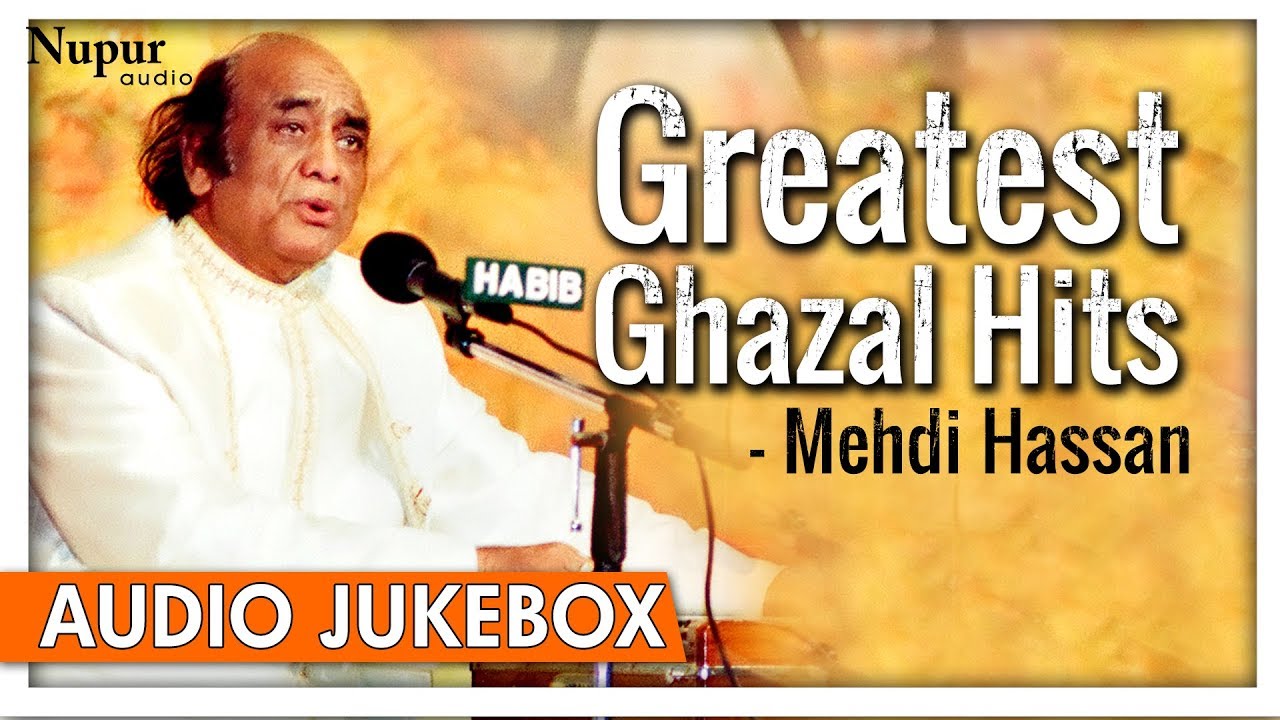
This is a sub-genre of Sufi music.
Ghazals are poems that speak of heartbreak as well as celebrate love.
The melodies possess a soft quality, and the singing acts almost as a conversation, evident through the melodic phrases.
The focus is on the subtleties of the words rather than on anything outstanding or glaring.
It is considered an acquired taste but is rich with wonderful language about life and philosophy.
Bhajan

These are devotional songs sung in religious traditions, where a singer often expresses love and devotion to a deity.
The singing represents a spiritual connection the singer has with the music and the deity to whom they are singing.
The melodies are relatively easy to follow, making them accessible for both trained and untrained singers alike.
Common emotions expressed include love, surrender, and joy.
There is a variety of tonal variations a singer can use, guided by whatever feels right in the moment.
Hymns
In the first half of the 2nd millennium BCE, the Aryans, who were semi-nomadic tribesmen, descended into India from the Northwest.
Their lifestyle placed a strong emphasis on hymns, which were praises of gods sung at sacrifices.
This tradition spread to Northern India, where oral religious poetry gained popularity.
For example, the Rigveda was an anthology of stunning poetry. Initially, this poetry was not committed to writing, so the singing and lyrics were passed down through multiple generations.
The poems in the anthology were arranged by their popularity. Shortly thereafter, the verses began to be arranged in musical form.
As a result, the singing became somewhat distorted due to pauses, the repetition of syllables, and phonetic changes.
Veda

Vedic followers were the people who came to India and established traditions that shaped Hinduism.
The Vedas, sacred texts, were used for hymns and also included magic spells and incantations.
The texts of the Vedas encompassed mystical aspects, symbolism, and cosmological ideologies.
For the Aryan people, Vedic literature was expressed through string and wind instruments, as well as various types of drums and cymbals.
Brahman priests chanted these at weddings and funerals as an act of devotion.
The online encyclopedia mentions that the Vedas inspired other texts, specifically the Brahmanas and the Upanisads, stating:
‘Of the two bodies of text, the Upanisads are more speculative and philosophical, whereas the Brahmanas are more expository, developing principles outlined in the four Vedic canons.’
Regarding the history of these hymns, as American missionaries arrived in India in the middle of the nineteenth century, many hymn books were published for worship in churches.
This led to a hybrid nature of music, incorporating ghazals and bhajans, as well as hymns for Sunday school songs.
There are many styles of singing, each with its nuances, allowing singers to express themselves differently with each style.
Music is at the heart of culture in many respects.
It has evolved over the years, but traditional styles are still remembered as we view recordings of early performances and listen to songs passed down from older generations.



















































